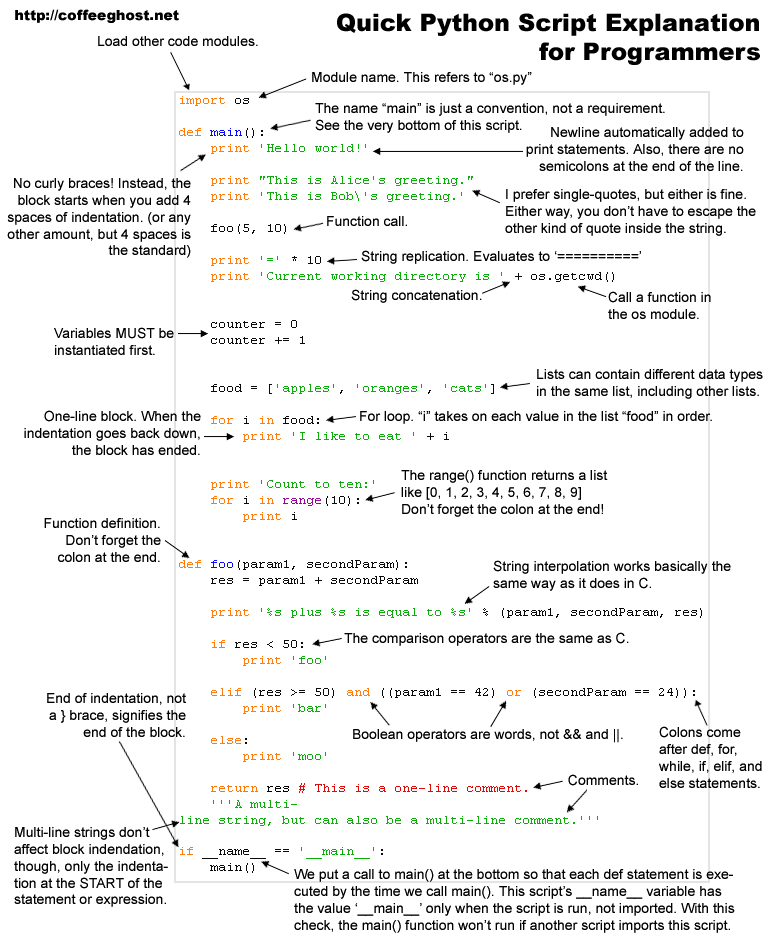i will try to find the answers of following 4 algorithm questions which can be implemented using binary search tree (BST). Please refer to the original questions with the Python implementation at
Arden's blog.
- Binary Search Tree Check: Given a binary tree, check whether it’s a binary search tree or not
- Tree Level Order Print: Given a binary tree of integers, print it in level order. The output will contain space between the numbers in the same level, and new line between different levels.
- Tree Reverse Level Order Print: This is very similar to the previous post level order print. We again print the tree in level order, but now starting from bottom level to the root.
- Trim Binary Search Tree: Given the root of a binary search tree and 2 numbers min and max, trim the tree such that all the numbers in the new tree are between min and max (inclusive). The resulting tree should still be a valid binary search tree.
To implement BST in Java, we need to create class like:
static class TreeNode {
TreeNode leftReference;
TreeNode rightReference;
int nodeValue;
public TreeNode(int nodeValue) {
this.nodeValue = nodeValue;
}
}
With a given BST, there are 3 kind of walk can be defined, inorder tree walk, preorder tree walk and postorder tree walk. Refer to
Wikipedia article to get details. While using
inorder tree walk, note that the BST property allows us to print out all the values in the Binary Search Tree in sorted order. Before, i start implementation we need to understand these terms in order to write the code.
we can implement inorder tree walk for binary search tree check and if BST is not sorted then we conclude that it's a not a BST. Both Tree Level Order Print and Tree Reverse Level Order Print can be implemented in similar way using recursion.
package pkg7binarysearchtreechk;
public class Main {
static class TreeNode {
TreeNode leftReference;
TreeNode rightReference;
int nodeValue;
public TreeNode(int nodeValue) {
this.nodeValue = nodeValue;
}
}
public static void main(String[] args) {
run();
}
public static void run() {
// tree root node.
int rootValue = 40;
TreeNode rootnode = new TreeNode(rootValue);
System.out.println("root node created, " + rootnode.nodeValue);
// insertNode new element starting with rootnode.
insertNode(rootnode, 11);
insertNode(rootnode, 15);
insertNode(rootnode, 16);
insertNode(rootnode, 23);
insertNode(rootnode, 79);
System.out.println("print the content of tree in inOrderTree walk");
printTree(rootnode);
System.out.println("print the content of tree in preOrderTree walk");
printPreOrderTree(rootnode);
System.out.println("print the content of tree in postOrderTree walk");
printPostOrderTree(rootnode);
}
private static void insertNode(TreeNode parentNode, int nodeValue) {
if (nodeValue < parentNode.nodeValue) {
if (parentNode.leftReference != null) {
// Go more depth to left.
insertNode(parentNode.leftReference, nodeValue);
} else {
System.out.println("LEFT: new node value " + nodeValue
+ " ,its root " + parentNode.nodeValue);
parentNode.leftReference = new TreeNode(nodeValue);
}
} else if (nodeValue > parentNode.nodeValue) {
if (parentNode.rightReference != null) {
// Go more depth to right
insertNode(parentNode.rightReference, nodeValue);
} else {
System.out.println("RIGHT: new node value " + nodeValue + ", its root " + parentNode.nodeValue);
parentNode.rightReference = new TreeNode(nodeValue);
}
}
}
// inorder tree walk
private static void printTree(TreeNode node) {
int comparison;
if (node != null) {
printTree(node.leftReference);
comparison = node.nodeValue;
if (comparison < node.nodeValue) {
System.out.println("Error not BST");
}
System.out.println("node value " + node.nodeValue);
printTree(node.rightReference);
}
}
// preorder tree walk
private static void printPreOrderTree(TreeNode node) {
if (node != null) {
System.out.println("node value " + node.nodeValue);
printTree(node.leftReference);
printTree(node.rightReference);
}
}
// postorder tree walk
private static void printPostOrderTree(TreeNode node) {
if (node != null) {
printTree(node.leftReference);
printTree(node.rightReference);
System.out.println("node value " + node.nodeValue);
}
}
}



